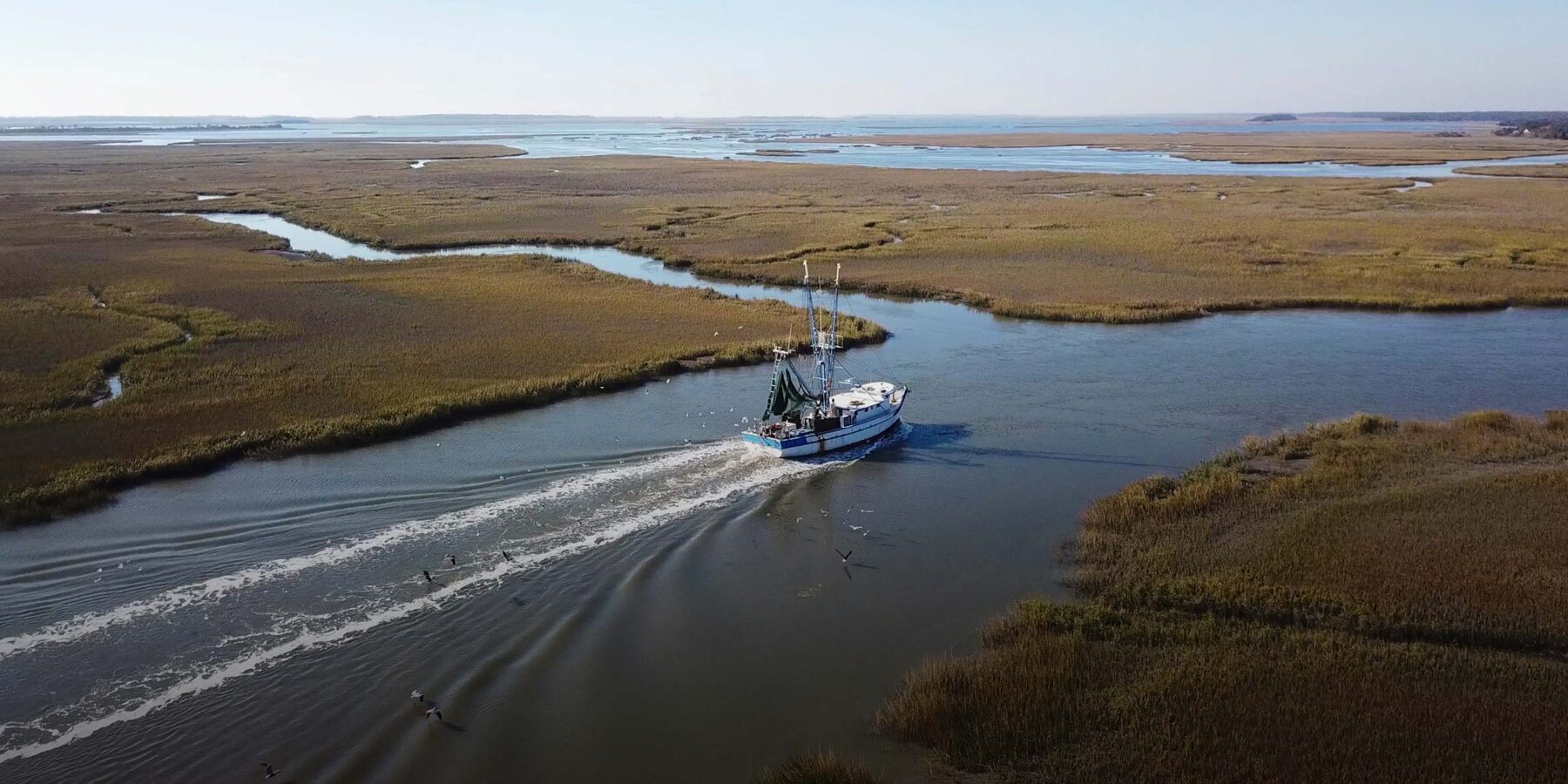Safeguarding Public Lands, Watersheds, and Shores
Our work to protect the planet made great strides in 2023. Successes included protecting public land around the Grand Canyon, restoring and safeguarding watersheds and shorelines in Louisiana and Chesapeake Bay, and improving water system infrastructure in Texas.
The Mid-Barataria Sediment Diversion project is the model example for working with Mother Nature to restore an ecosystem.
Amanda Moore, Gulf Program Director
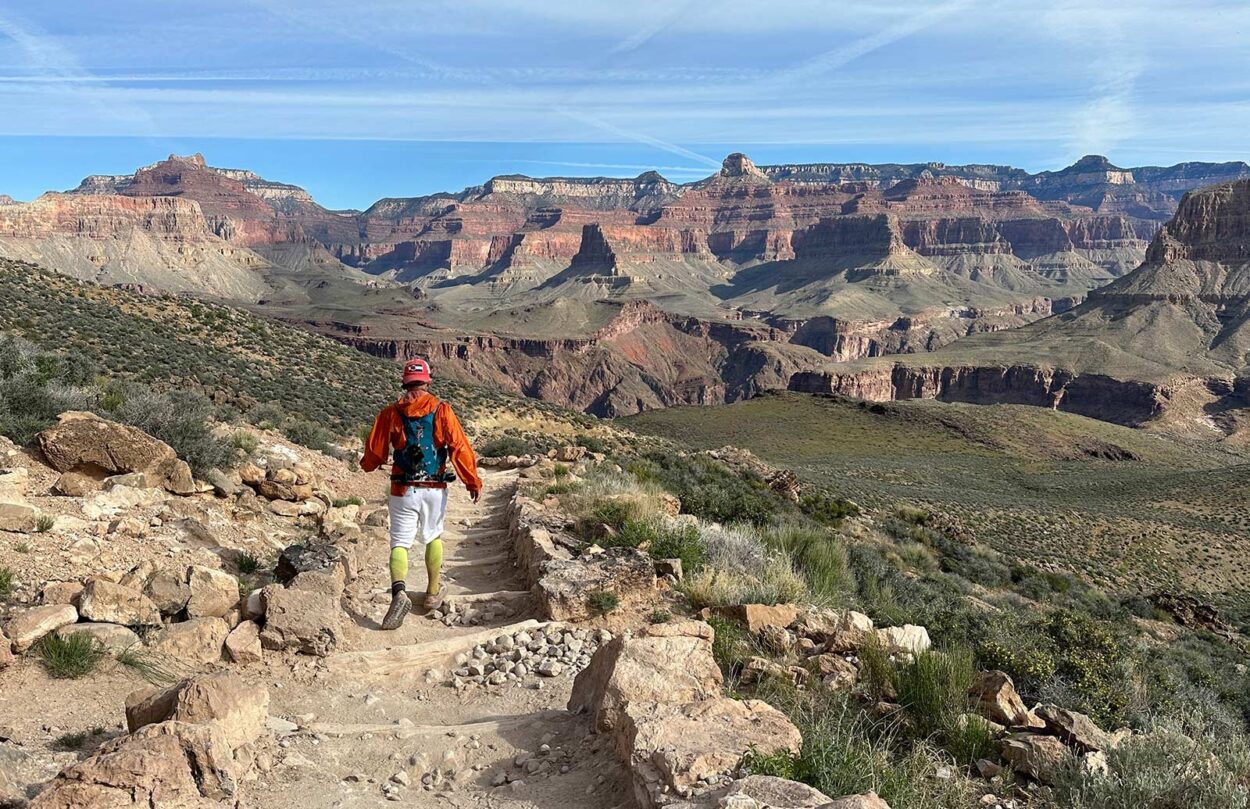
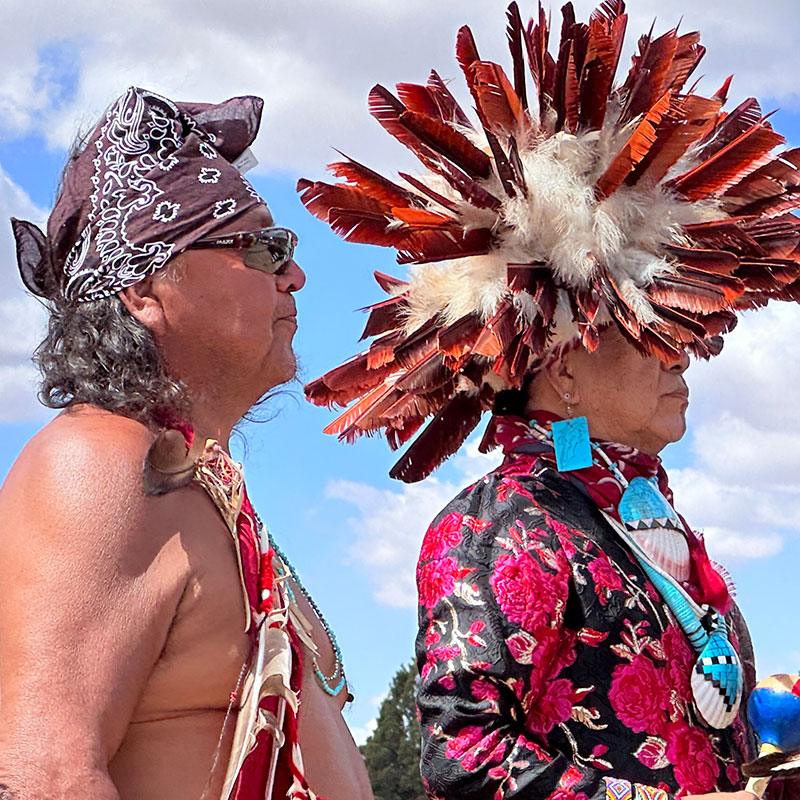
Innovative Project Breaks Ground to Build Land in the Mississippi River Delta
The Mississippi River Delta in coastal Louisiana is losing land at one of the most rapid rates in the world. After 40 years of planning, engineering, and advocacy by the Federation and its partners, the Mid-Barataria Sediment Diversion broke ground in August 2023. The Federation’s efforts included decade-long outreach to local communities to help residents understand and engage with the project. Mid-Barataria is the single largest ecosystem restoration effort in U.S. history and one of the most innovative engineering projects in the world. The project will reconnect the Mississippi River with its nearby wetlands, mimicking natural processes that once built this landscape.
Photo Credit: Adobe Stock
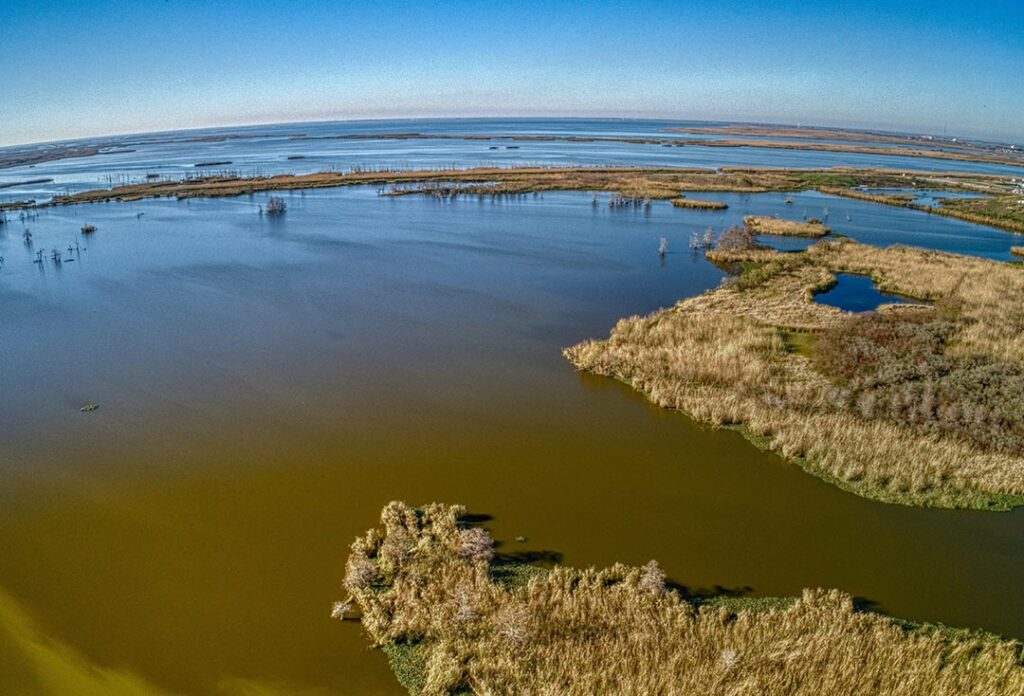
Protecting the Grand Canyon Watershed from Uranium Mining
Hispanics Enjoying Camping, Hunting, and the Outdoors (HECHO), has long worked to protect the Grand Canyon watershed from the effects of nearby uranium mining. The advocacy paid off in 2023 when nearly one million acres of public land near the national park was designated the Baaj Nwaavjo I’tah Kukveni – Ancestral Footprints of the Grand Canyon National Monument. This designation will permanently safeguard the area from new uranium mining claims while honoring the ancestral homelands of Tribes, protecting cultural sites and vital water supplies for people and wildlife, and ensuring that future generations can enjoy all the recreational activities this unique landscape offers.
Photo Credit: HECHO
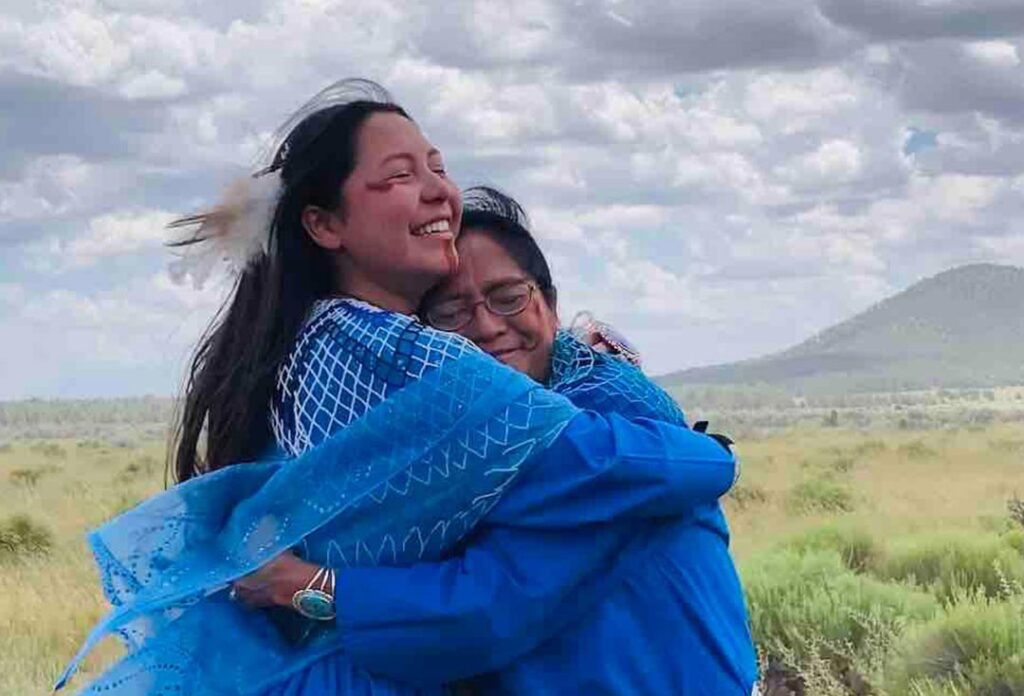
Report Highlights Water Loss in Texas and Solutions to Fix the Loss
According to the Federation’s 2022 study, “Hidden Reservoirs: Addressing Water Loss in Texas,” Texas water systems are losing at least 572,000 acre-feet of water per year — more than the 2020 annual water demand of Austin, Fort Worth, El Paso, Laredo, and Lubbock combined. In 2023, the Federation’s Texas Coast and Water Program worked to create awareness of the problem through media coverage and outreach to the state legislature. The Texas Legislature passed an historic funding measure in 2023, creating the Texas Water Fund and allocating $1 billion toward water supply and infrastructure. Thanks to the Federation’s efforts, a portion of this money is required to be spent on water-loss mitigation. Addressing water loss in Texas communities will not only reduce water costs and overall water supply resilience, but it also ensures water will be available to support to meet the needs for fish and wildlife habitats in Texas.
Photo Credit: Eric Kayne

Proposal to Create the Chesapeake National Recreation Area
Promoting and expanding public access to coastal lands is crucial to create awareness and public support to safeguard these areas and keep the water clean. Our partner, Choose Clean Water Coalition, worked closely with conservation organizations, members of Congress, and other partners for several years to create a Chesapeake National Recreation Area. Legislation to authorize the recreation area was proposed in July 2023 and would designate a collection of new and existing parks and protected lands throughout the Chesapeake Bay region as part of the National Park System. The proposed legislation focuses on expanding access to water in underserved communities throughout the region and commemorates the rich culture and contributions of Black, Indigenous, and communities of color.
Photo Credit: Chesapeake Bay Program


